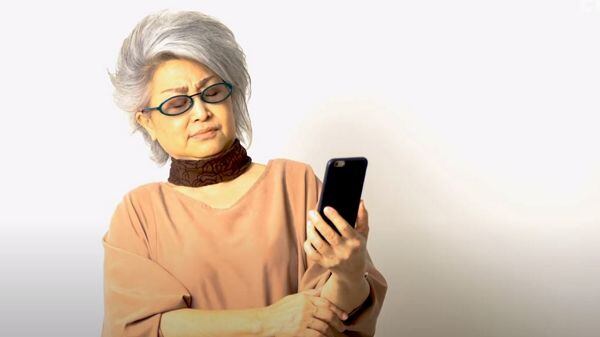Vision issues, irritated eyes, or any other eye ailment you may have experienced, know that it is somewhat of a rite of passage for humans. In fact, as I write this piece, there is a growing chalazion on my eyelid, an issue millions of people suffer from worldwide. Even if a person has never experienced an eye-related problem, with aging, they will.
What scientists have come to understand is that many of the eye issues humans experience, particularly when it comes to vision, are due to flawed design.
So what's exactly wrong? The general consensus among experts points to our backwards retinas as the culprit. And we apparently have 400 million years of bad evolution to thank.
Blaming the Backwards Retina

Looking at the human eye in comparison to animals with similar eye construction, all looks normal and uniform on the outside, but on the inside is where the true unexplainable phenomenon occurs.
Within the eye are the retina's photoreceptor cells, which absorb light through the eye's lens and transfer that energy into a signal that helps your brain create an image. The issue is the part of the cell that absorbs light is facing toward the back of your head, where there is no light. This makes the eye work harder to push light through to the receiving end of the photoreceptor.
Ideally, the eye would work much like a camera, where the front-facing lens would absorb the light directly, rather than making it travel to the far end of the cell.
As a result of our backwards-seeming retinas, evolution has made it so humans have blindspots in each eye that are only obvious when one is closed. This is because there are no photoreceptor cells where the optic nerve passes through the retina and connects to the brain.
Eyes Decline with Time
So you (and every other vertebrate) have backward retinas: now what? There's a chance you were born with no vision ailments but that doesn't mean you won't experience them by the time you're a senior citizen.
As part of the aging process, humans and animals experience presbyopia, which is the loss of your ability to focus on objects that are nearby. The degeneration of vision in older people is due to the hardening of the eye's ciliary muscle, which controls the lens.

"And so when this lens becomes so inflexible that it can't be squeezed, that's when you lose your near vision," Nathan H. Lents, professor of evolutionary biology at CUNY, told Cheddar.
Scientists say even some animals experience presbyopia.
For some people, perfect vision was never in the cards. While there continues to be debates about whether people are born with myopia, or the inability to see things at a distance, studies show it tends to run in families and can develop rapidly or gradually over time.
More than 40 percent of Americans have the disease and by 2050, half of the world's population is expected to have it.
The phenomenon is caused by an excessively long eyeball, which experts attribute to an evolutionary change in lifestyle that may have begun around the Middle Ages as humans became more civilized and started living more of their lives indoors.
"When [humans] grew up, particularly as children, as our eyes were growing, we were used to seeing at distance. What happens when you spend the majority of your childhood indoors focusing on near objects, is that your eyes do not grow to the right length," Lents told Cheddar. "Essentially they grow too long.".
Unlike presbyopia, myopia seems to be another strictly human issue.
So, no need to break into a panic over less-than-perfect vision; it's all part of the ride of life and you should find solace in the fact that more than one billion people worldwide are experiencing something similar.
Video produced by Ali Larkin. Article written by Lawrence Banton.













